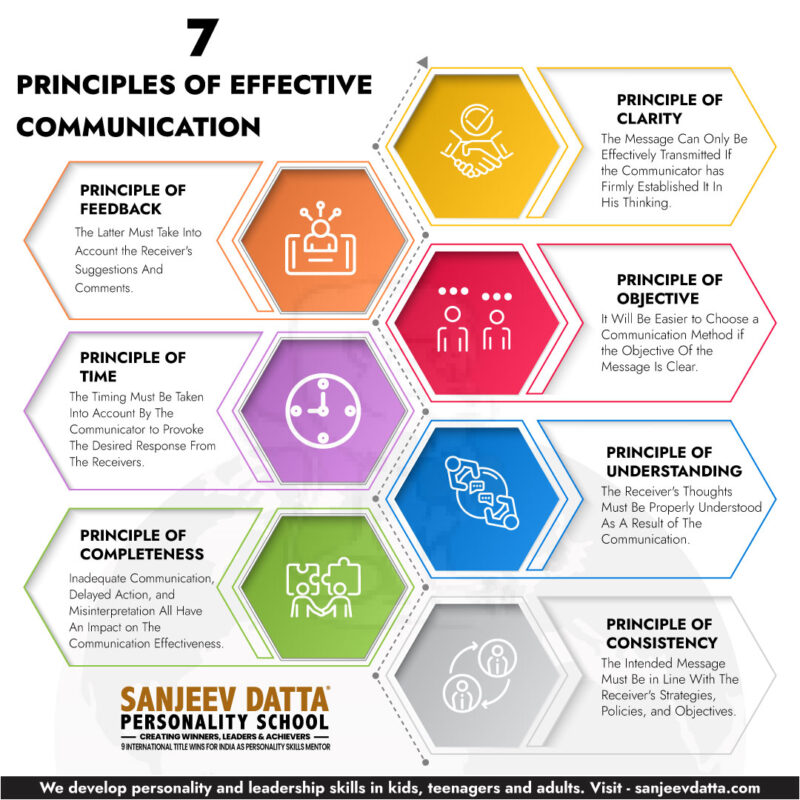Nonverbal communication defines as gestures, facial expressions, tone of voice, eye contact, body language, posture, and other ways people can convey their feelings without using language. Why are non-verbal communication skills important? Let us find out in this article.
Non Verbal Communication Skills
1. Facial Expressions:

Facial expressions are responsible for a maximum proportion of nonverbal communication. Consider how many messages can be expressed with a smile or a frown. The expression on a person’s face is often the first thing we notice, even before we hear what they have to say. Although nonverbal communication and behavior can vary vividly between cultures, facial expressions for happiness, grief, anger and fear can be similar throughout the world.
2. Gestures:

Intentional movements and signals are important ways to communicate meaning without the use of words. A few common gesture examples include waving, pointing, and giving a “thumbs up” sign. Other gestures are random and linked to culture. For example, in the United States., putting the index and middle finger in the shape of a “V” with your palm facing out is often regarded to be a sign of peace or victory. However, in Britain, Australia, and other parts of the world, this gesture can be taken into account as an insult. The best soft skill coach can make you aware of the different gestures, their meaning, and the correct places to use them.
Nonverbal communication via gestures is so authoritative and influential that some judges place boundaries on which ones are allowed in the courtroom, where they can control juror opinions. For instance, an attorney might look at their watch to depict that the opposing lawyer’s argument is tedious, or they may roll their eyes while the witness is giving the testimony in an attempt to demoralize that person’s sincerity.

3. Paralinguistics:

Paralinguistics states that vocal communication that is distinct from actual language. This form of nonverbal communication involves elements such as tone of voice, loudness, inflection, and pitch.
Think of the powerful effect that tone of voice can have on the meaning of a sentence. When a sentence is said in a strong tone of voice, listeners might take it as a statement of approval and enthusiasm. The same words said in a hesitant tone can carry disapproval and a lack of interest.
4. Body Language and Posture:

Posture and movement can also provide a great way to express such information. Research on body language has grown drastically since the 1970s, with popular media focusing on the over-analysis of defensive postures like arm-crossing and leg-crossing, especially after the release of Julius Fast’s book Body Language.
While these nonverbal communications can specify feelings and attitudes, research recommends that body language is far more subtle and less decisive than previously believed.
Visit: characteristics of good communication
5. Proxemics:

People often denote their want for “personal space.” This is referred to as proxemics and is another important type of nonverbal communication. The measure of distance we need and the amount of space we feel as belonging to us are manipulated by several factors. Among them, are social norms, cultural visions, situational factors, personality traits, and level of familiarity.
The personal space required when having a casual conversation with the other person can vary between 18 inches and 4 feet. And. the personal distance required when speaking to a crowd of people is normally around 10 to 12 feet.
6. Eye Gaze:

The eyes play a key role in nonverbal communication, including things such as looking, staring, and blinking being important signals. For example, when you come across people or things that you like, your rate of speed blinking eyes increases, and your pupils dilate. People’s eyes can express a range of emotions, including resentment, interest, and attraction. Some people also use eye gaze as a means to determine if someone is being honest.
Normal, steady eye contact is often regarded as a sign that a person true and honest and is trustworthy. Continuously moving the eyes and an inability to maintain eye contact, on the other hand, is normally seen as an indicator that someone is lying or being deceptive.
Visit: group discussion skills
7. Haptics:

Touch is another nonverbal communication skill to express your emotions. Touch can be used to transfer affection, familiarity, sympathy, and other emotions. Author Julia Wood writes that touch is also often used to communicate both status and power.9 High-status individuals tend to invade other people’s personal space with greater frequency and intensity than lower-status individuals.
Different genders also play a role in how people make use of touch to communicate meaning. Women have a habit of using touch to convey care, worry, and nurturance. Men, on the other hand, are more likely to use touch to proclaim power or control over others. There has been a significant amount of research by Harry Harlow on the importance of touch in infancy and early childhood.

8. Appearance:

Our taste in clothing, hairstyle, and other appearance factors are also reflected as a means of nonverbal communication. Research on color psychology has proved that different colors can evoke different moods. Appearance can also modify physiological reactions, judgments, and understandings.
Just think of all the slight judgments you make instantly about someone based on their appearance. These first impressions are important, as the first impression is the last. This is why experts advise that job seekers dress properly for interviews with potential employers. Personality development training sessions can groom you to look good for such events.
Researchers have found that appearance can even tell how much people earn. One 1996 study discovered that attorneys who were rated as more good-looking than their colleagues earned nearly 15% more than those ranked as less attractive.
Why Sanjeev Datta for Corporate Training?
In our classes, we work on:
- CONCENTRATION DEVELOPMENT
- CHARACTER PRESENTATION
- PODIUM SPEECH TRAINING
- EXPRESSIVE ABILITY ENHANCER
- BODY LANGUAGE
- DIALECT DICTION AND VOICE MODULATION
- COMMUNICATION SKILLS
- PHONE ETIQUETTE
- SOCIAL BOLDNESS
- EXPRESSIONS AND GESTURE TRAINING FOR SCHOOL PERFORMANCES
- INTERVIEW TRAINING
- PRESENTATION TRAINING
- MEDITATION
For more details, contact us now!

